In our increasingly noisy world, finding genuine tranquility has become something of a luxury. National parks offer sanctuaries where nature’s soundtrack—the rustling leaves, distant waterfalls, and birdsong—replaces the constant hum of urban life.
While famous parks like Yellowstone and Yosemite attract millions annually, many equally stunning parks remain relatively undiscovered, offering solitude amidst spectacular scenery. America’s lesser-known national parks provide ideal retreats for travelers seeking both adventure and peace.
Here is a list of 20 quiet US national parks where you can escape the crowds and reconnect with nature.
Voyageurs National Park, Minnesota

Located in northern Minnesota near the Canadian border, Voyageurs National Park consists of interconnected waterways that can only be fully explored by boat. The park preserves the routes once used by French-Canadian fur traders.
Visitors can paddle through pristine lakes while spotting bald eagles and hearing wolves howl in the distance at dusk.
Isle Royale National Park, Michigan

Sitting in the northern reaches of Lake Superior, Isle Royale is one of America’s least-visited national parks despite its incredible beauty. The 45-mile-long island hosts a fascinating ecosystem where moose and wolves maintain a delicate predator-prey relationship.
Its remote location—accessible only by boat or seaplane—ensures low visitor numbers and genuine wilderness experiences.
Like Travel Pug’s content? Follow us on MSN.
Great Basin National Park, Nevada
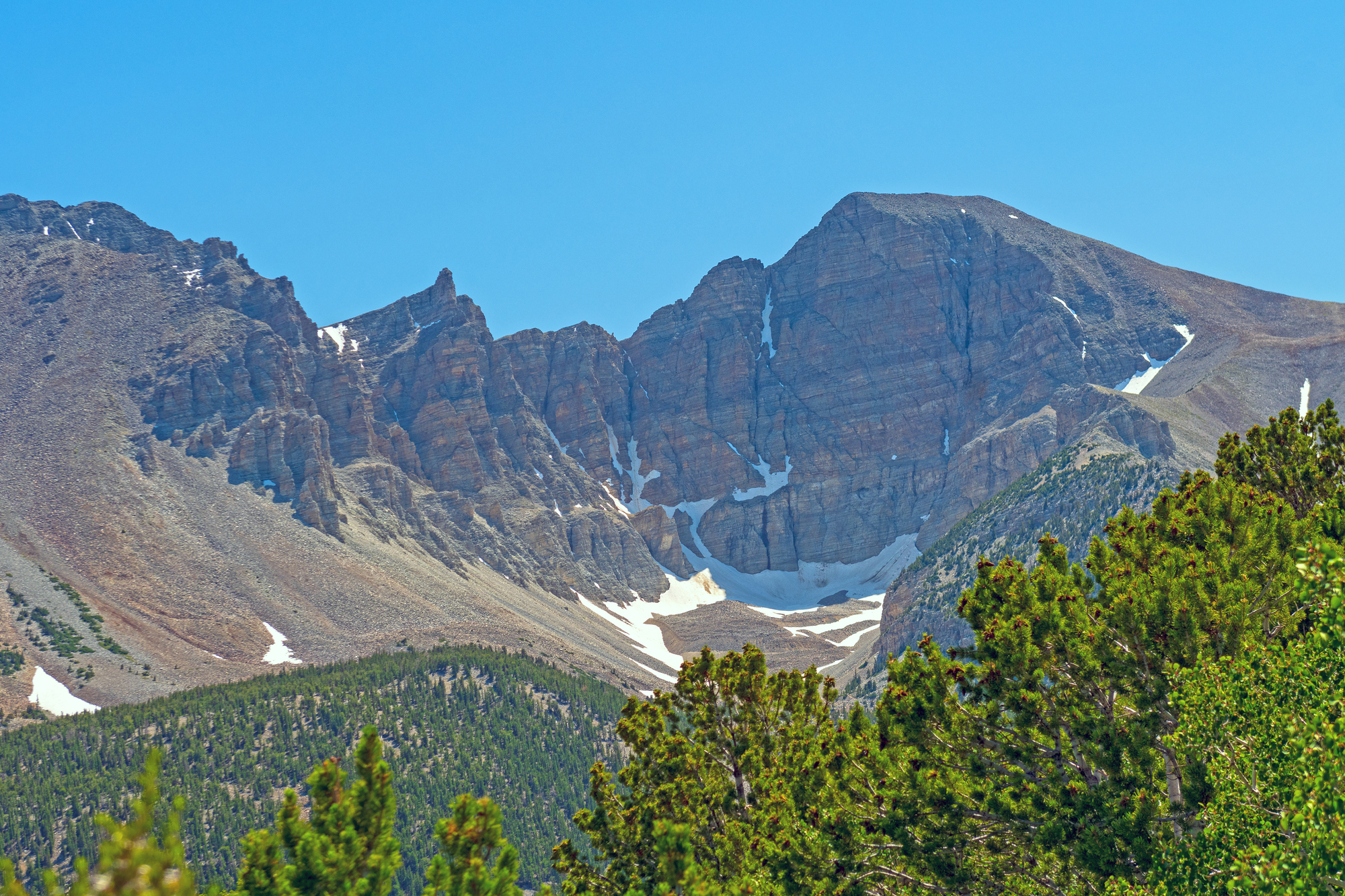
Tucked away in eastern Nevada, Great Basin National Park offers remarkable diversity without the crowds. Ancient bristlecone pines—some over 4,000 years old—stand as silent sentinels on the slopes of Wheeler Peak.
The park’s Lehman Caves feature stunning marble formations, while some of the darkest night skies in America provide spectacular stargazing opportunities.
Congaree National Park, South Carolina
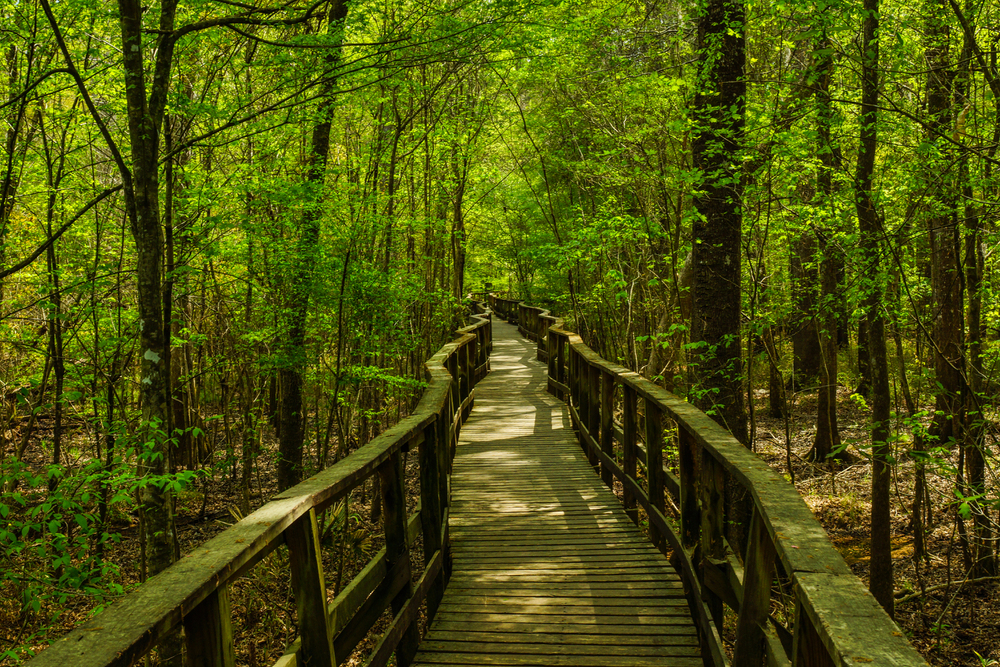
Just a short drive from Columbia lies Congaree, home to the largest intact expanse of old-growth bottomland hardwood forest in the southeastern United States. Its elevated boardwalk trail winds through a primeval forest landscape where massive trees create a cathedral-like canopy.
Morning fog often blankets the forest floor, creating an ethereal atmosphere that feels as if it’s worlds away from civilization.
Guadalupe Mountains National Park, Texas

Rising from the Chihuahuan Desert, the Guadalupe Mountains contain Texas’s four highest peaks and preserve the world’s most extensive Permian fossil reef. Hiking trails lead through diverse ecosystems from desert to high-elevation coniferous forests.
The dramatic El Capitan formation serves as a landmark visible for miles across the surrounding plains.
Like Travel Pug’s content? Follow us on MSN.
North Cascades National Park, Washington

Despite being just three hours from Seattle, the North Cascades remain remarkably uncrowded. Often called the ‘American Alps,’ this park boasts over 300 glaciers—more than any other U.S. park outside Alaska.
Jagged mountain peaks, turquoise lakes, and alpine meadows create breathtaking vistas without the tourist buses found at more popular destinations.
Dry Tortugas National Park, Florida

Seventy miles west of Key West lies this remote gem, accessible only by boat or seaplane. Crystal-clear waters surround a cluster of seven small islands that are home to Fort Jefferson, a massive 19th-century coastal fortress.
The vibrant coral reefs offer exceptional snorkeling in waters visited by few others, and sea turtles often glide peacefully nearby.
Pinnacles National Park, California
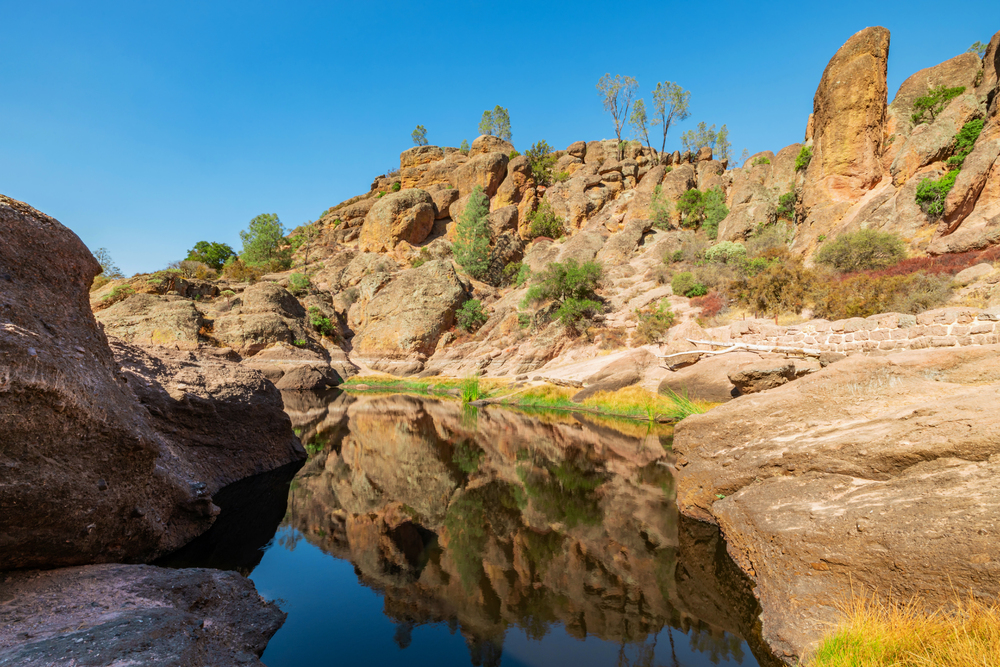
California’s newest national park, Pinnacles, features dramatic spires and rock formations created by an ancient volcano. Located southeast of Monterey Bay, its trails lead through boulder caves and chaparral to stunning viewpoints.
The park serves as a crucial sanctuary for endangered California condors, which visitors might spot soaring overhead on thermal updrafts.
Like Travel Pug’s content? Follow us on MSN.
Wrangell-St. Elias National Park, Alaska

America’s largest national park remains one of its least crowded. Covering 13.2 million acres—larger than Switzerland—Wrangell-St. Elias contains massive glaciers, wild rivers, and four major mountain ranges.
Former mining towns like Kennecott offer glimpses into frontier history, while vast wilderness areas provide genuine solitude for adventurous visitors.
Black Canyon of the Gunnison National Park, Colorado
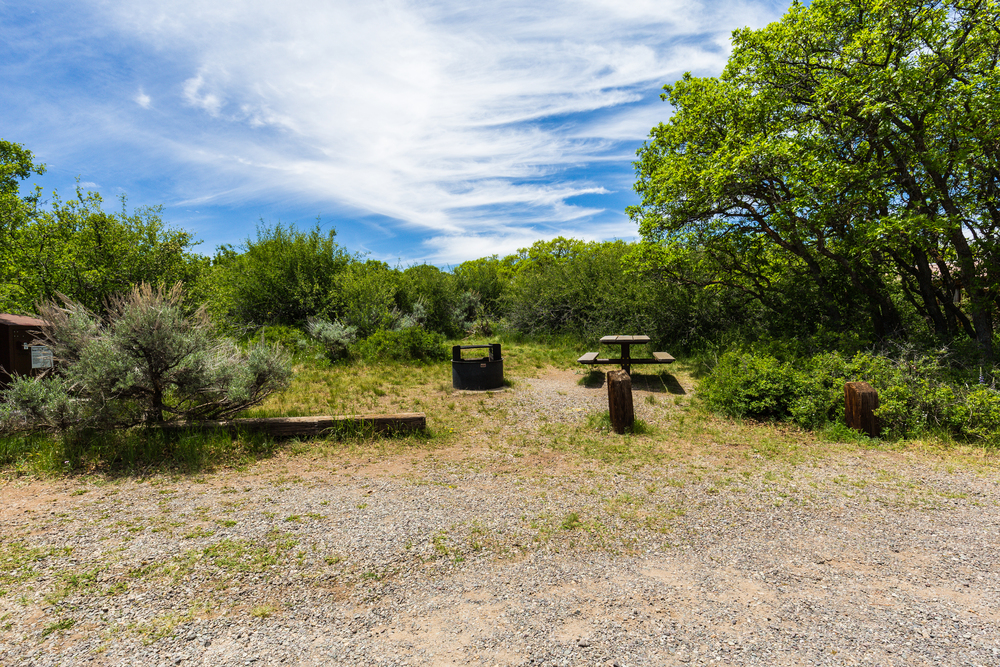
The vertiginous walls of this canyon plunge 2,000 feet to the Gunnison River, creating some of America’s most dramatic landscapes. Located in western Colorado, this park receives a fraction of the visitors that flock to the Grand Canyon.
The sheer dark walls give the canyon its name, with some sections receiving only 33 minutes of sunlight each day.
Carlsbad Caverns National Park, New Mexico

While the main cave receives moderate visitation, many of Carlsbad’s 119 known caves remain quiet havens. The park’s lesser-known trails above ground wind through Chihuahuan Desert landscapes virtually devoid of other hikers.
Evening bat flights—where hundreds of thousands of Brazilian free-tailed bats emerge from the caverns—offer mesmerizing displays without massive crowds.
Like Travel Pug’s content? Follow us on MSN.
Capitol Reef National Park, Utah

Often overshadowed by Utah’s other national parks, Capitol Reef features a 100-mile wrinkle in the Earth’s crust called the Waterpocket Fold. Colorful cliffs, massive domes, and narrow canyons create a geologic wonderland.
The park’s historic Fruita orchards allow visitors to pick fresh fruit in season, a unique experience among national parks.
Channel Islands National Park, California
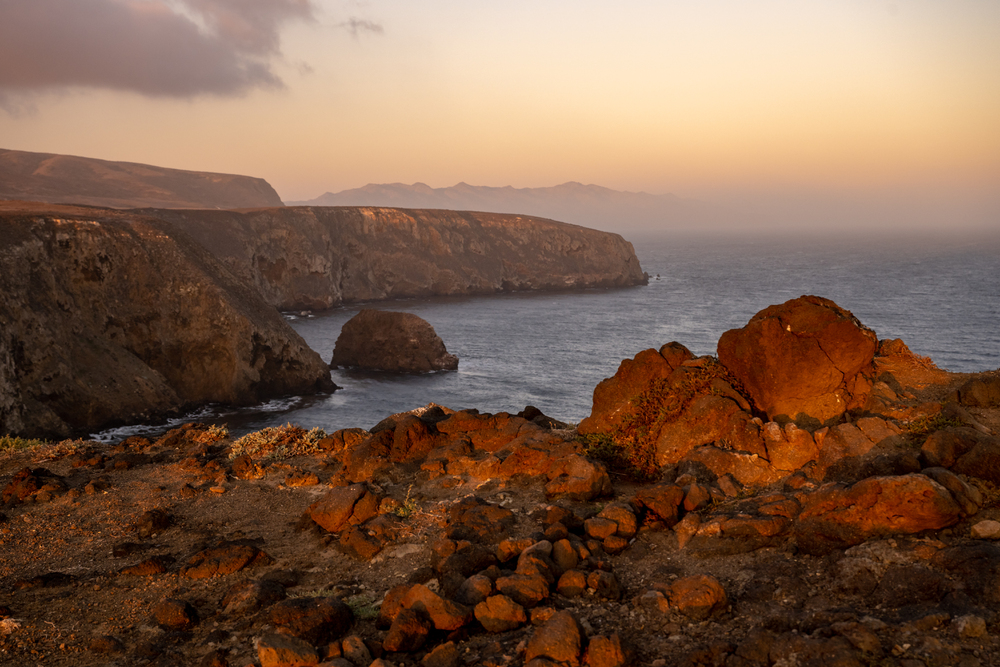
Often called ‘The Galapagos of North America,’ these five islands off the coast of southern California host species found nowhere else on earth. A one-hour boat ride from the mainland transports visitors to landscapes that remain largely unchanged for thousands of years.
Ocean kayaking along sea caves and snorkeling through kelp forests provide intimate encounters with marine life.
Katmai National Park, Alaska

Famous primarily for its brown bears catching salmon at Brooks Falls, much of Katmai’s four million acres remain virtually untouched. The Valley of Ten Thousand Smokes preserves the aftermath of one of the 20th century’s largest volcanic eruptions.
Visitors willing to venture beyond Brooks Camp find pristine wilderness with few human footprints.
Like Travel Pug’s content? Follow us on MSN.
Lassen Volcanic National Park, California
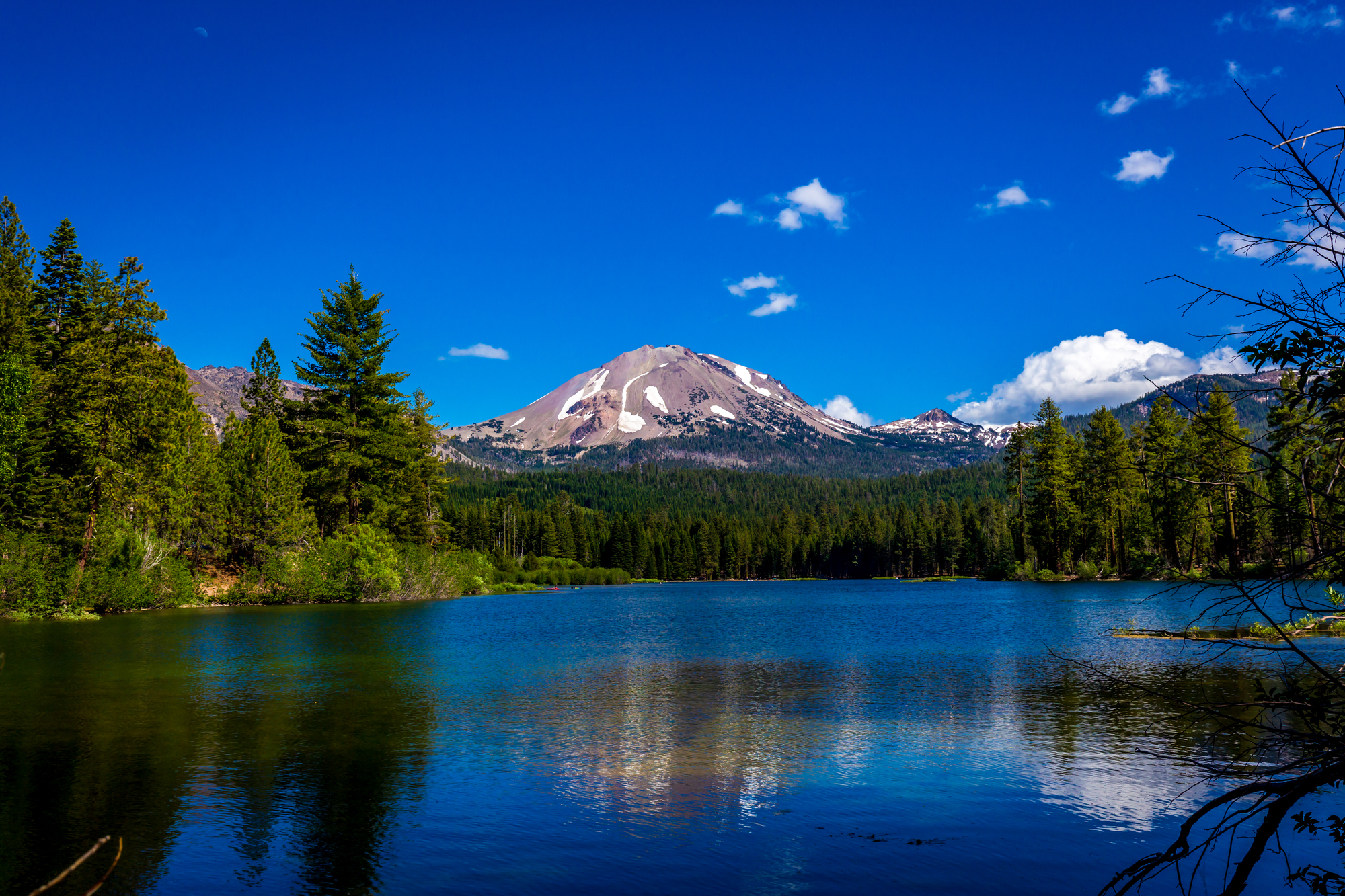
Northern California’s hydrothermal wonderland offers a smaller, quieter alternative to Yellowstone. Within Lassen’s boundaries, all four types of volcanoes found in the world exist, along with bubbling mud pots and steaming fumaroles.
Snow often covers the park’s higher elevations until early summer, creating a compressed visitor season that helps preserve its tranquil character.
Theodore Roosevelt National Park, North Dakota

The rugged badlands that helped shape a future president offer solitude amid colorful, layered buttes and winding rivers. Bison, wild horses, and prairie dog towns inhabit landscapes that appear largely unchanged since Roosevelt’s time.
The park’s three separate units spread visitors thin, ensuring peaceful experiences even during peak season.
Canyonlands National Park, Utah

While nearby Arches National Park draws crowds, the vastness of Canyonlands ensures quiet experiences for those willing to venture into its backcountry. The Colorado and Green Rivers have carved massive canyons, creating a wilderness of buttes, mesas, and spires.
The park’s Island in the Sky district offers accessible viewpoints, while The Maze remains one of America’s most remote destinations.
Like Travel Pug’s content? Follow us on MSN.
Wind Cave National Park, South Dakota

Below the rolling prairie of the Black Hills lies one of the world’s longest and most complex cave systems. Wind Cave features rare boxwork formations—delicate calcite structures resembling honeycombs.
Above ground, bison and prairie dogs roam native grasslands that receive a fraction of the visitors who flock to nearby Mount Rushmore.
Redwood National and State Parks, California
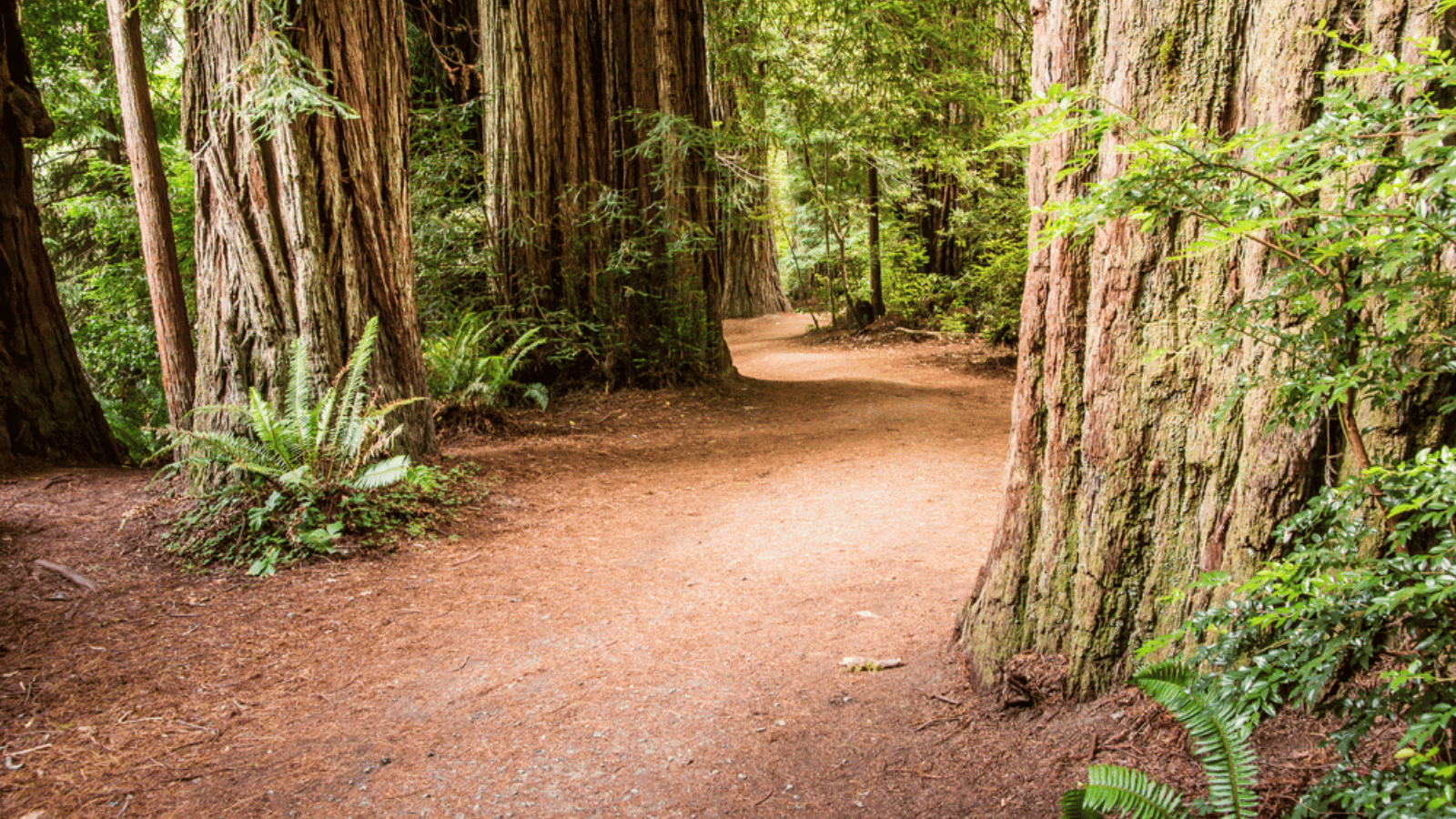
While certain groves attract tourists, vast sections of these parks remain peaceful havens. Ancient trees reaching heights of 350 feet create cathedral-like spaces where sunlight filters through dense canopies.
Morning fog often shrouds the massive trunks, creating mystical environments perfect for quiet contemplation and photography.
Great Sand Dunes National Park, Colorado

North America’s tallest dunes rise dramatically against the backdrop of the Sangre de Cristo Mountains. Located in south-central Colorado, the constantly shifting sands create an otherworldly landscape.
Visitors can experience remarkable silence by hiking just a short distance into the dunefield, where sand absorbs sound and few tourists venture beyond the first ridge.
Like Travel Pug’s content? Follow us on MSN.
Nature’s Timeless Sanctuaries
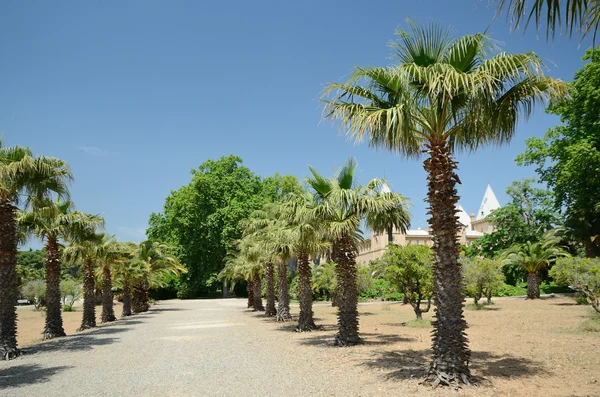
These twenty parks offer more than just an escape from crowds—they provide windows into America’s diverse landscapes largely unchanged by human presence. The silence found in these places connects modern visitors with those who came before, from indigenous peoples to early explorers who encountered these landscapes in their pristine state.
In our hyperconnected era, these quiet corners of America offer rare opportunities to experience nature on its terms, reminding us of the restorative power of wild places and the importance of preserving them for future generations.
More from Travel Pug

- Cities Growing so Fast You Won’t Recognize Them in 10 Years
- 13 Destinations Where Tourists Regularly Regret Their Trip
- 16 U.S. Cities That Are Quietly Becoming Travel Hotspots
- Where to Travel If You Love Long Bus Rides and Daydreams
- 20 Cities Perfect for Solo Travelers Who Crave Adventure & Culture
Like Travel Pug’s content? Follow us on MSN.
